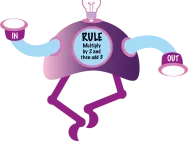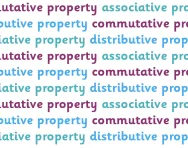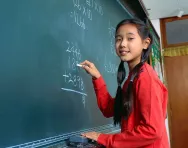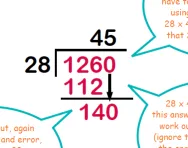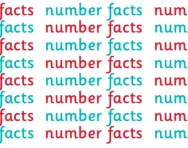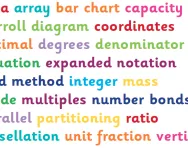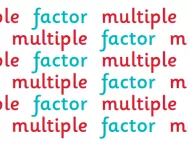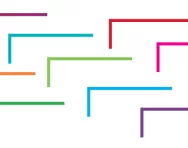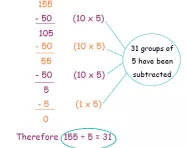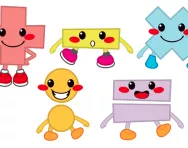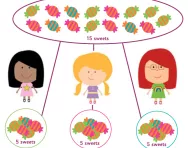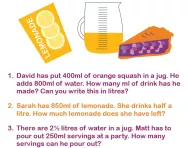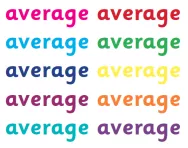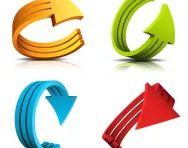What is a function machine?
Function machines are versatile tools in the teaching of mathematics, helping children understand and explore a wide range of mathematical concepts in a fun and engaging way. From basic operations in Key Stage 1 to more complex functions in Upper Key Stage 2, function machines can help play a crucial role in developing children's mathematical understanding and skills.
Best division apps for kids
From simple number facts to complicated long division, these apps are full of child-appeal and will make learning how to divide fun.
What are the commutative, associative and distributive property?
The commutative, associative and distributive properties or laws underpin algebra and are first introduced to children, in very broad terms, in the primary-school years. We explain how your child will start to understand the basics of higher maths in our guide for parents.
What is the Asian 'maths mastery' approach?
Many UK primary schools have adopted a way of teaching maths that’s popular in South Asia. We explain what the Asian "maths mastery" method is all about.
Best maths story books for children
Introduce ratio, pie charts, probability and even simplifying fractions to children with these brilliant maths story books, picture-book presentations of mathematical concepts that primary-school children will love.
What is long division?
Children in Year 5 and Year 6 are encouraged to use the long division method to divide larger numbers. We explain the technique and offer a step-by-step guide to using it, as well as an overview of division teaching and the division methods used in primary school.
What are number facts?
Children are expected to memorise a number of different number facts in primary school, including number bonds to 20 and the multiplication and division facts for the twelve times tables. We explain what number facts your child will be taught when and suggest easy ways to support their learning at home.
Primary numeracy glossary for parents
From area to word problems, TheSchoolRun's primary-school numeracy glossary offers a complete guide to all the maths concepts children are taught in EYFS, KS1 and KS2. Brush up on your own mathematical skills, clear up homework confusion and understand exactly what your child is learning at school by reading our basic definitions (with links to more detailed explanations, teachers' tips and examples).
What are multiples and factors?
We explain what multiples and factors are and how children are taught to recognise multiples from Year 1 and factors from Year 5, with examples of the types of problem they might be asked to solve.
What is the bus stop method for division?
We explain what the bus stop method for division or short division is and why this is a quick and efficient method for working out division with larger numbers.
What is chunking?
We explain what chunking is and how this division technique is taught in primary school to help your child divide large numbers.
What are the four operations?
We explain what the four operations are and how children learn about addition, subtraction, multiplication and division over KS1 and KS2, working towards solving problems involving all four operations.
What is 'shared between'?
We explain what the term 'shared between' means and give examples of typical division problems your child might be set in KS1 and KS2.
What are two-step and multi-step problems?
We explain what two-step and multi-step problems are and give examples of typical problems a child might be asked to solve in primary school (and how the answer can be worked out!).
What is the average?
We explain what the term average means in maths, how to find the average of a set of data (and how children are taught to do it in primary school), and what a mean average is.
What are division facts?
We explain what division facts are, how they are taught in primary school, and share some fun games that you can try at home to make this knowledge stick.
Teachers' tricks for division
Primary school teacher Phoebe Doyle has some tips and tricks to help your child with division work at home, offering an explanation of strategies using in school today as well as some useful practical exercises to try.
What are inverse operations?
Inverse operations are opposite operations – one reverses the effect of the other. In primary maths we talk about the inverse to explain how addition and subtraction are linked and how multiplication and division are linked. Teacher Alice Hart offers examples of how and when your child will be asked to use the inverse operation in school, and practical ways to help them understand the concept.
What is partitioning?
Not sure what your child means when they talk about partitioning numbers in maths problems? We explain the method, and how your child will use it.
